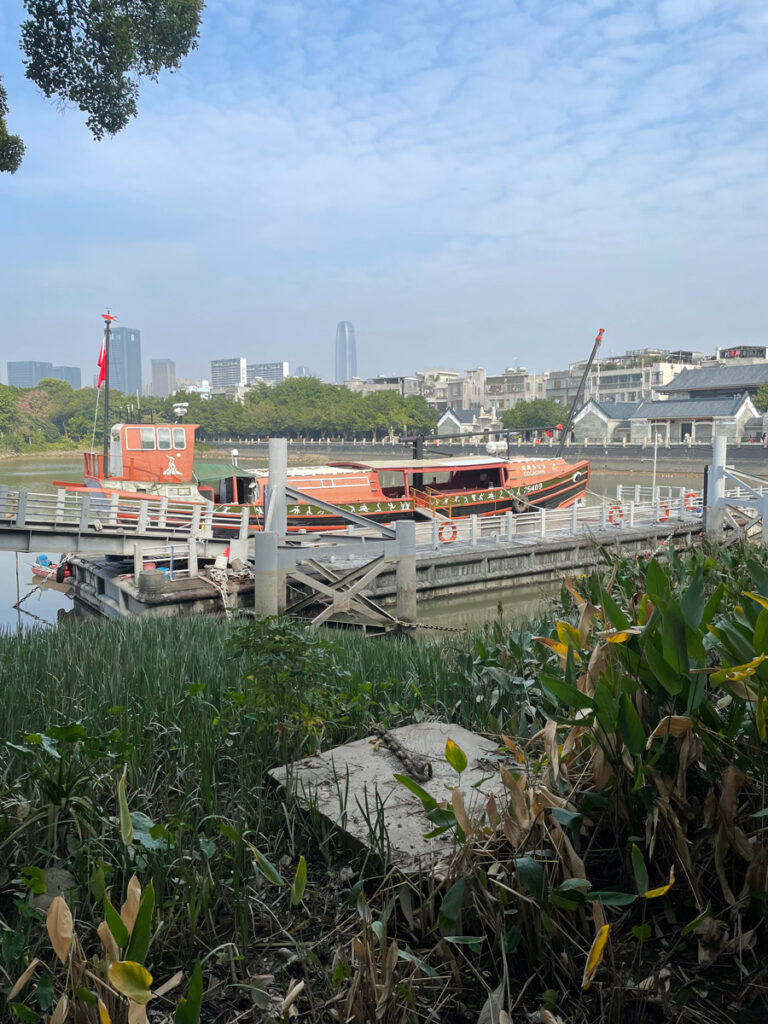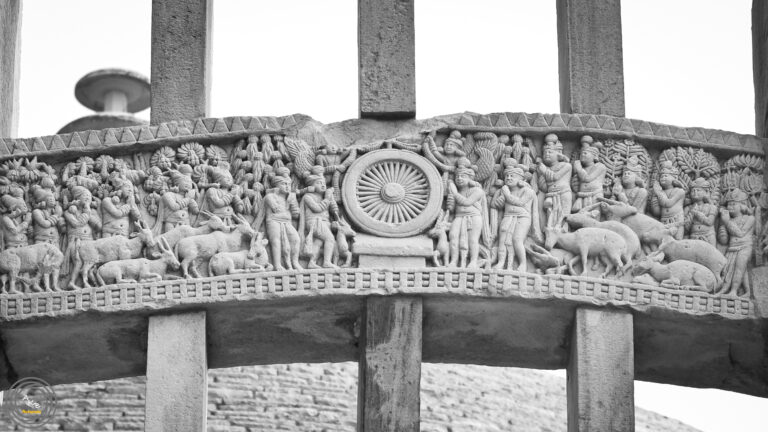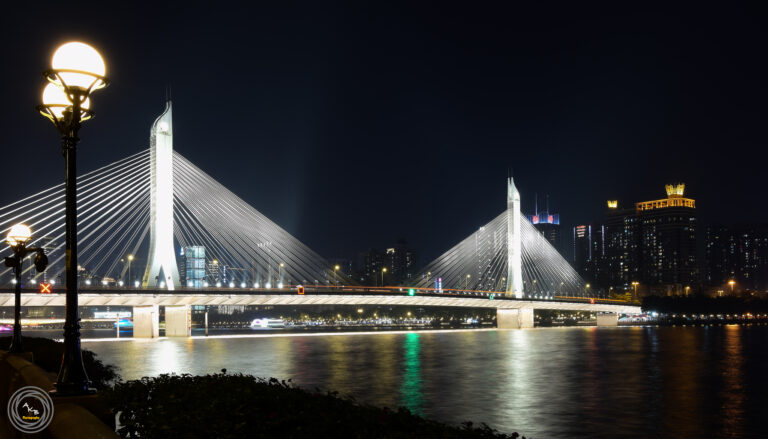Have you ever wondered how history is often selective to celebrate someone and to push another to oblivion? This blog is to bring one Mongol princess into light from the darkness of time, whose name was linked and overshadowed by more powerful names like Marco Polo and Kublai Khan. Still, she could easily be a central character of her period if history had not forgotten her.
It was 2021. The word ‘binge-watching’ was in trend and I was watching the Netflix show ‘Marco Polo’. The historical fiction show was based on the time when a famous Italian traveler visited China and spent 17 years in that country.
I once read the Bengali translation of Marco Polo’s travelogue (The Travels of Marco Polo). It was an abridged edition, of course, but I still remembered its last chapter, and the Netflix show rekindled that memory. The book was the story of the separation between two friends—Marco Polo himself and Kublai Khan, the world-famous Mongol emperor.
It was the late 13th century (Marco Polo traveled from Europe to Asia from 1271 to 1295). China at that time was ruled by the Mongolian Empire. Kublai Khan was the ruler, and his kingdom stretched beyond the borders of today’s China to parts of Asia and Europe. Marco Polo, his father Nicolo, and uncle Maffeo became great favorites of Kublai Khan. The friendship between Polo and Khan became so deep that Khan did not agree to Polo’s wish to return home.
One day news came from the distant country of Persia, which was at that time under the rule of Kublai Khan. Khan handed over the kingdom of Persia to the Ilkhanate Khan Arghun to rule on his behalf. Some historical accounts mention that Ilkhanate Khan Arghun was a relative of Kublai Khan, while others believe that he was just a local king.
Anyway, Arghun’s most beloved wife Buluqan Khatun died one day after a prolonged illness. Buluqan Khatun belonged to a famous Mongol tribe, Bayat. Before dying, Buluqan Khatun requested her husband, Ilkhanate Khan Arghun, to remarry a Bayat tribe girl. To fulfill his wife’s last request, Arghun sent three ambassadors to Kublai Khan’s court in 1291. Kublai Khan agreed to find a suitable girl from the tribe, as requested.
While the search process was going on, a friendship developed between these three ambassadors and Marco Polo. A suitable girl was found from the Bayat tribe, who would travel with the ambassadors to Persia. The ambassadors asked Marco Polo and his parents to accompany them to Persia. Polo requested Khan to allow him to say goodbye. Khan also realized the urge Polo was facing to return to his country. He finally agreed. With a total of 14 ships loaded with supplies and weapons, Kublai Khan bid farewell to Marco Polo from his capital, Kaan-baligh, the city we know today as Beijing. His last request to Polo was to take care of the girl in the long voyage ahead. And Polo agreed.
They traveled through Sumatra, Sri Lanka, and southern India. They became stranded at each major port. Finally, after 18 months when they reached Persia, Ilkhanate Khan Arghun had died. The girl was married to his son, Gasan (or Ghazan). And Marco Polo returned to Italy from there.
More than the friendship between Khan and Polo, I was attracted to the girl. At the age of 17 years, the girl was sent from China to Persia. I tried to know more about her, but very few accounts exist today, as if modern history has simply forgotten her.
- We do not know how she reacted to the decision imposed on her.
- We do not know how she felt to leave her own country.
- Did she realize that she could never come back to her home?
- How did she react to the prospect that she was going to spend her entire life with someone whom she did not know, whose name she had not heard before?
- Did someone ask her if she felt nervous before her maiden water voyage?
- Did she and Marco get any closer during the 18-month journey?
The answers to these questions are lost in time. History did not care to remember her except as a side character in Marco Polo’s story.
The only account exists of her supernatural beauty and extraordinary appearance, along with her name. The name of this Mongol princess was Cocachin (or Kököchin, Kökechin, Kokachin, or Cocacin). “Kökö” may mean “blue” (especially “sky blue”) or “dark” as in complexion, and “chin” or “jin” is a suffix used for the name of a person. So, the name “Kököchin” may be translated as “The Dark Complected” girl.
The ship in which she accompanied Marco Polo to Persia was also named after her. I saw this ship docked today at the ancient Huang Pu port in Guangzhou.





